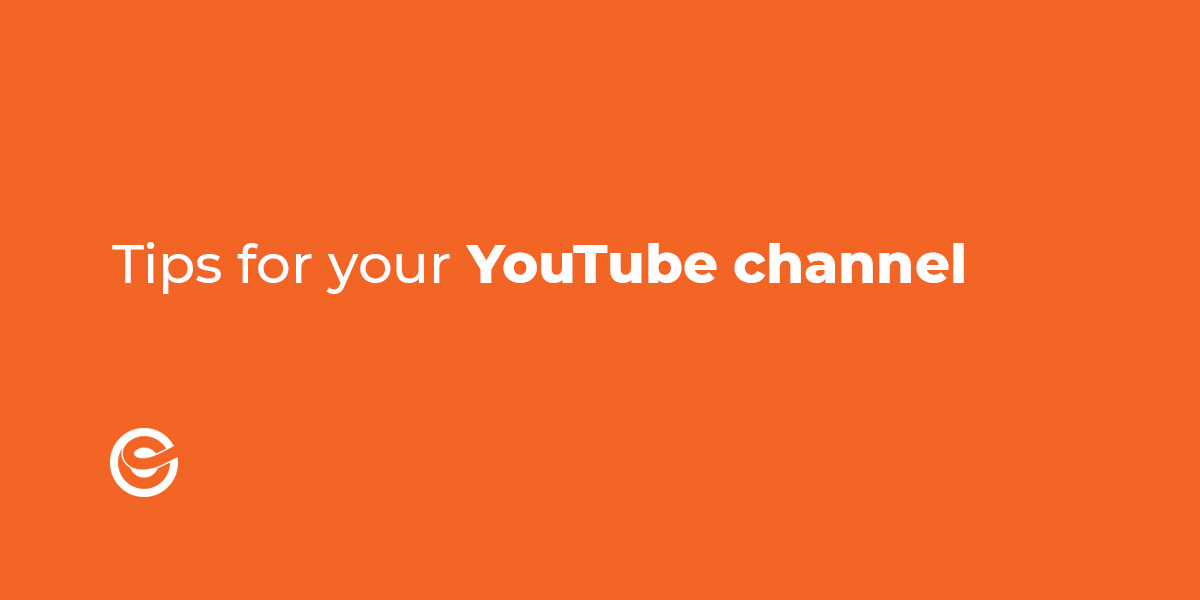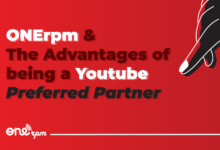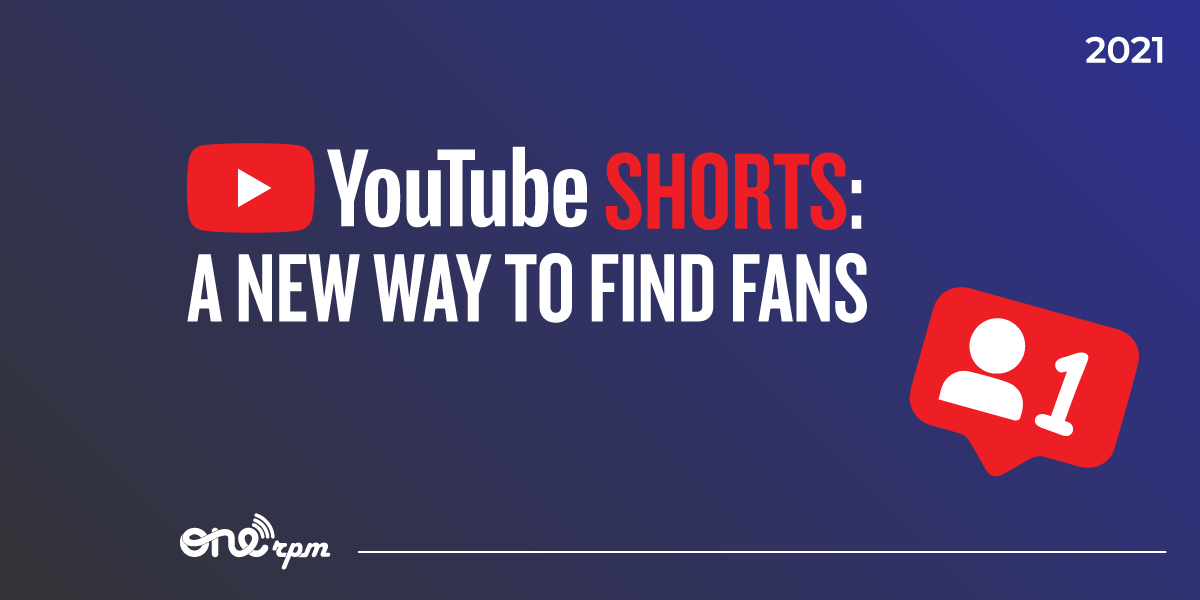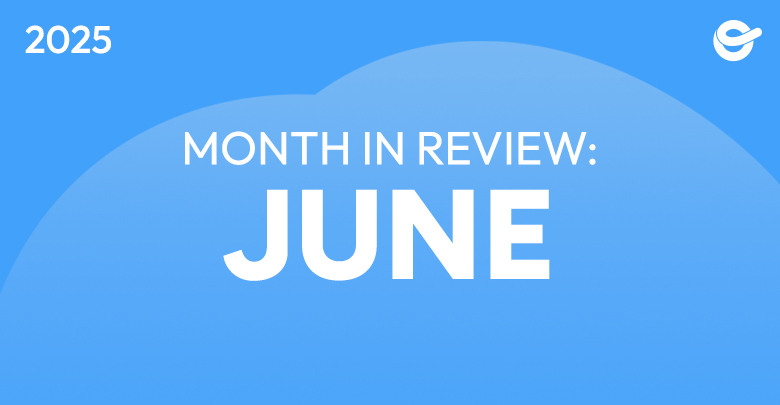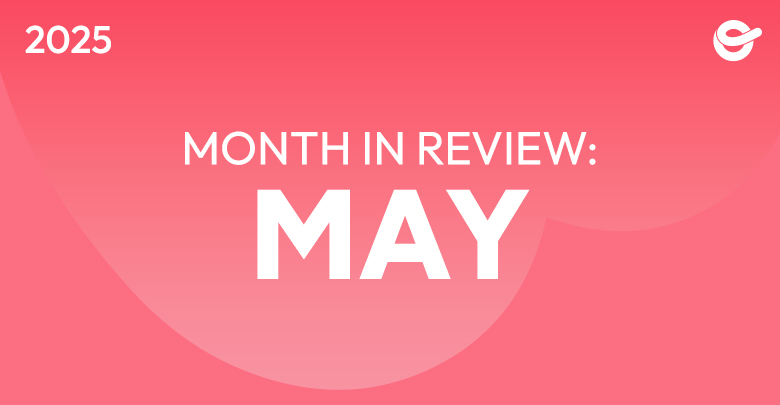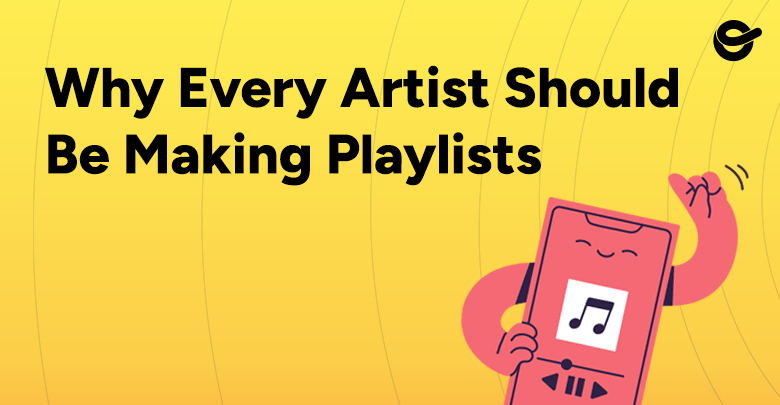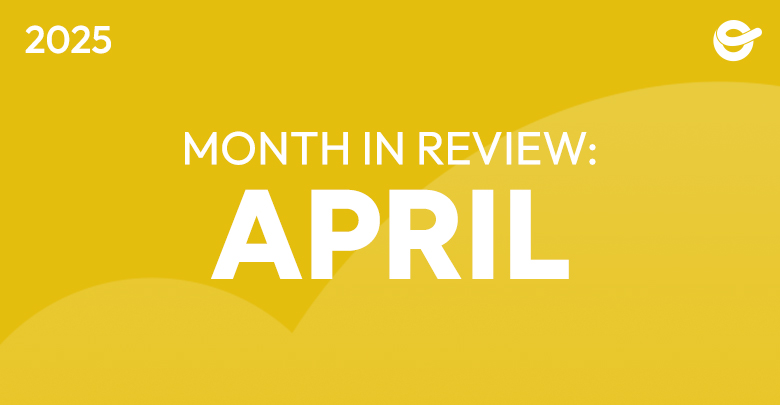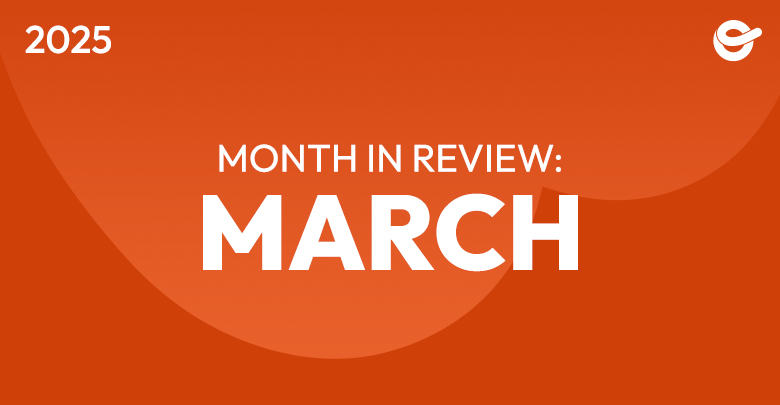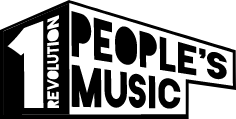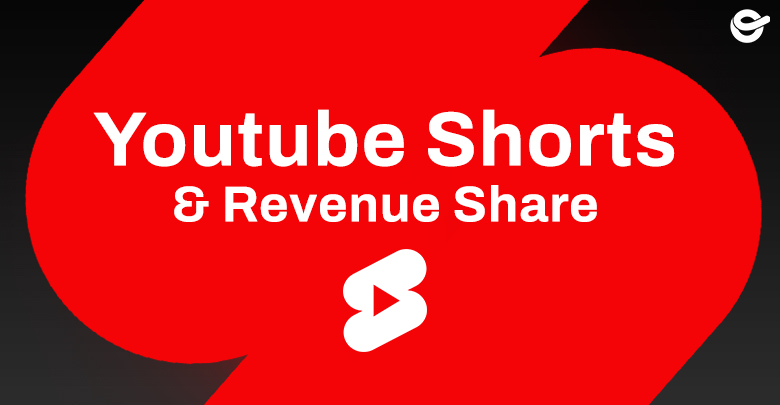
YouTube Shorts And Revenue Share
YouTube Shorts is giving musicians a cut of ad revenue - will TikTok follow suit?
When YouTube and Instagram launched their respective short-form vertical video platforms a few years ago, a lot of folks were wondering how exactly these products would differentiate themselves from their competitors, namely TikTok, and to a lesser extent, Snapchat and Triller. Were Shorts and Reels just attempts to stay relevant by jumping on the bandwagon? Or were the established giants going to use their resources to bring something better to the table?
Now, with the dawn of a new revenue model for MCNs at the site that pioneered Content ID, it’s starting to look like YouTube has a very conclusive answer to that question.
What’s New
In February of 2023, YouTube launched a new revenue-sharing program for YouTube Shorts, allowing short-form video creators to monetize their work. Basically, YouTube is dividing up a portion of its advertising revenue from Shorts and dishing it out to the creators that made them. This isn’t a new concept – TikTok has had a revenue-sharing program called the Creator Fund for years. But YouTube did something extra that should make readers of this blog very happy: they are giving music rights holders a piece of the pie.
In their announcement, YouTube says, “If a monetizing creator uploads a Short with music in it, then YouTube will split the revenue associated with its views between the Creator Pool and music partners based on the number of tracks used.” This means that musicians will be paid proportionally to the video creator, and also proportionally to the video’s popularity. This is also a stark contrast to TikTok’s revenue share program, which doesn’t share with music rights holders.
The program is still new, but so far it looks very promising. Creators are reporting a revenue share rate of about $0.02 to $0.04 per 1,000 views. It’s not a huge windfall for most artists, but it means that if your song is included in a huge viral short, you’ll get compensated.
Is this a threat to TikTok?
It’s unlikely that the new revenue share is going to lead to any significant shift from TikTok to YouTube. Most artists still consider TikTok to be a valuable driver of publicity and visibility rather than a source of revenue. It does set a precedent, though, that could damage TikTok’s bargaining power with labels if they insist that TikTok implement a similar program.
The “why” of this new revenue-sharing model is perhaps the more interesting question. YouTube probably isn’t cutting in artists out of pure altruism – they see the writing on the walls. YouTube knows that artists and labels are vital to their business and it’s better to take proactive steps to cooperate rather than wait to be forced. With the tension building between short-form video apps and the recorded music industry, it would be wise for their competitors to follow their example.


